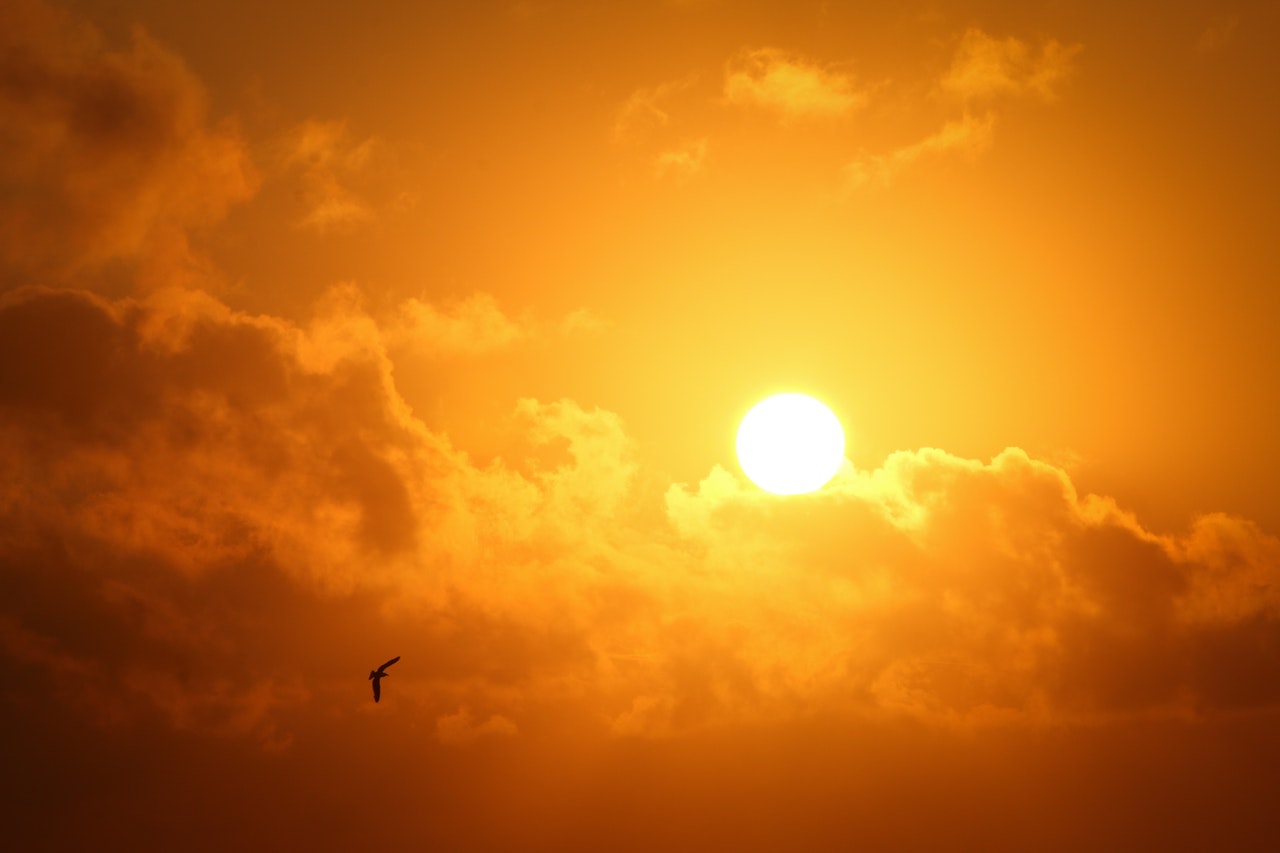Stars come in different sizes: tiny stars, giant stars, and stars all the way in between. But what about OUR STAR? Is the Sun the biggest star in space? This is the question we regularly get from our portable planetarium visitors. So let’s find out!
The Sun vs other stars
The Sun is about 864 000 miles, or 1.39 000 000 kilometers, in diameter. Sounds pretty big, right? And indeed it is! You will have to stand 8 400 000 000 average sized people on top of one another to make a ‘human pyramid’ as tall as the Sun. Or 109 Earths. But, believe it or not, there are stars out there that are way larger. The Sun might appear big in our sky, but this is just because it is the closest star to the Earth. When it comes to stellar sizes, the Sun is pretty average. In fact, it is classed as a dwarf star. The biggest stars – we call them supergiants or hypergiants – can reach the size of 1000s Suns.
The terms supergiant and hypergiant are somewhat confusing. Quite often we use them interchangeably. But some researchers reserve the term hypergians for the extremely big stars, 1000 times the size of the Sun and over. In any case, these stars are unbelievably huge!
What’s the biggest star in the Universe?
The star UY Scuti (along with Stephenson 2-18, VY Canis Majoris, AH Scorpii, WOH G64 and several others, see the list of largest stars) currently holds the title of ‘one of the largest stars known’. This red supergiant star is located in the small Southern constellation Scutum the Shield, 9500 light years away from the Earth. UY Scuti is as heavy as 25 Suns and its radius is about 1700 solar radii. We say ‘about’ because the supergiant actually pulsates with a period of 740 days so that its size and brightness slightly change over time. First spotted and catalogued by the observers at Bonn Observatory back in 1860s, this star still puzzles astronomers today. What’s more, one day it will most likely explode as a supernova. Kaboom!
Life of a star
It is important to remember that stars do not stay the same size throughout their whole lives. They change as they age! When we look at the stars on any particular night we see thousands of these burning balls – each at a different stage of their life cycle. Some of these stars are very young and are still gobbling up material. Others – respectable middle aged stars – are having a quiet moment of a steady burn and don’t change much. Finally, some stars are nearing the end of their lives and go through a turbulent stage, puffing up, shedding and blowing off an enormous amount of material on the way.
The Sun is now what we call a main sequence star. This is a long and stable period in a star’s life when it is producing light and heat by burning through the hydrogen in its core and turning it into helium. The majority of stars you will see in the sky are main sequence stars. Once the Sun’s fuel runs out (don’t worry, it still has a few billion years worth of fuel left), our star will puff up into a Red Giant. As it expands, it will engulf many of the Solar System planets: Mercury, Venus, possibly even Mars! And yet, it will never become as big as some of the biggest stars out there!
The large ones burn out fist!
When it comes to stellar lifespans, larger size is actually a disadvantage. Bigger and more massive stars burn the fuel in their cores way faster than the smaller ones. Therefore they die first. If the Sun, for example, has a lifespan of 9 billion years, than the most massive stars live only a few million years. The tiniest stars, on the other hand, can shine for up to a trillion years. Impressive , right?
Now that you know that the Sun is not a very big star, here is another Sun question for you: How old is the sunlight you see?
Author: Irina Vladimirova
Irina Vladimorova is a presenter at WonderDome Planetarium and a regular contributor to WonderDome Astronomy Blog. She holds a degree in Astrophysics and a special place in her heart for planetary science.

